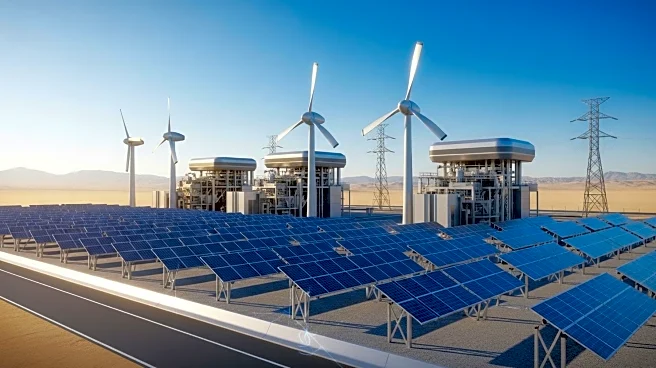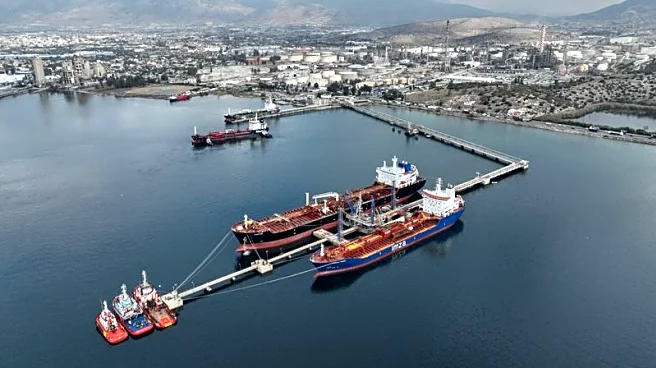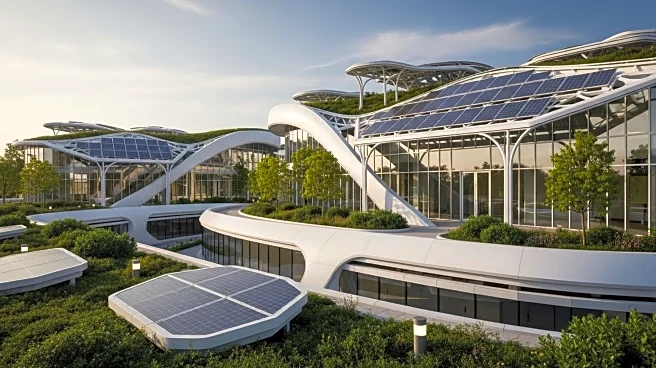What is the story about?
What's Happening?
The International Energy Agency (IEA) has revealed that electricity consumption in the Middle East and North Africa (MENA) has tripled since 2000, driven by expanding populations and rising incomes. The IEA predicts a 50% increase in electricity demand by 2035, fueled by urbanization, industrial expansion, and rapid population growth. The region's energy mix is set to undergo a transformation, with natural gas, renewable energy, and nuclear power expected to drive the next growth phase.
Why It's Important?
The projected increase in electricity demand in the MENA region highlights the need for significant investment in energy infrastructure and diversification of energy sources. The shift towards renewable energy and nuclear power represents a strategic move to address environmental concerns and reduce reliance on oil. This transformation could have global implications, influencing energy markets and policies, and potentially affecting international relations and trade.
What's Next?
The MENA region is expected to expand its solar capacity tenfold by 2035, with renewables' share in the energy mix increasing to 25%. Countries like the UAE, Egypt, and Iran are likely to invest in nuclear power. These developments may lead to increased collaboration and investment opportunities in the energy sector, as well as potential shifts in geopolitical dynamics.
Beyond the Headlines
The transition to renewable energy and nuclear power in the MENA region could contribute to global efforts to combat climate change and promote sustainable development. The region's energy transformation may also influence cultural and economic shifts, as countries adapt to new energy paradigms.
AI Generated Content
Do you find this article useful?
















